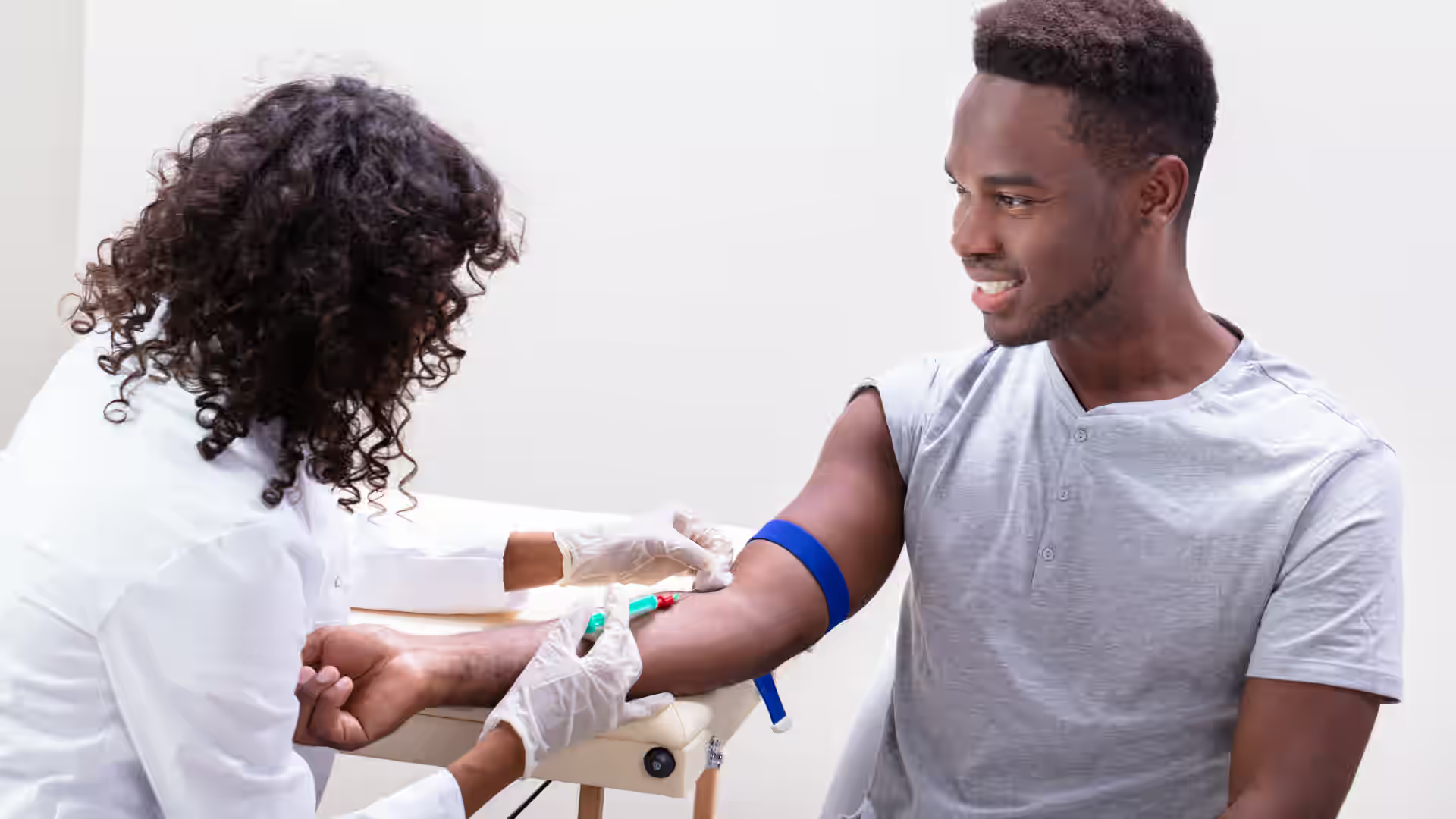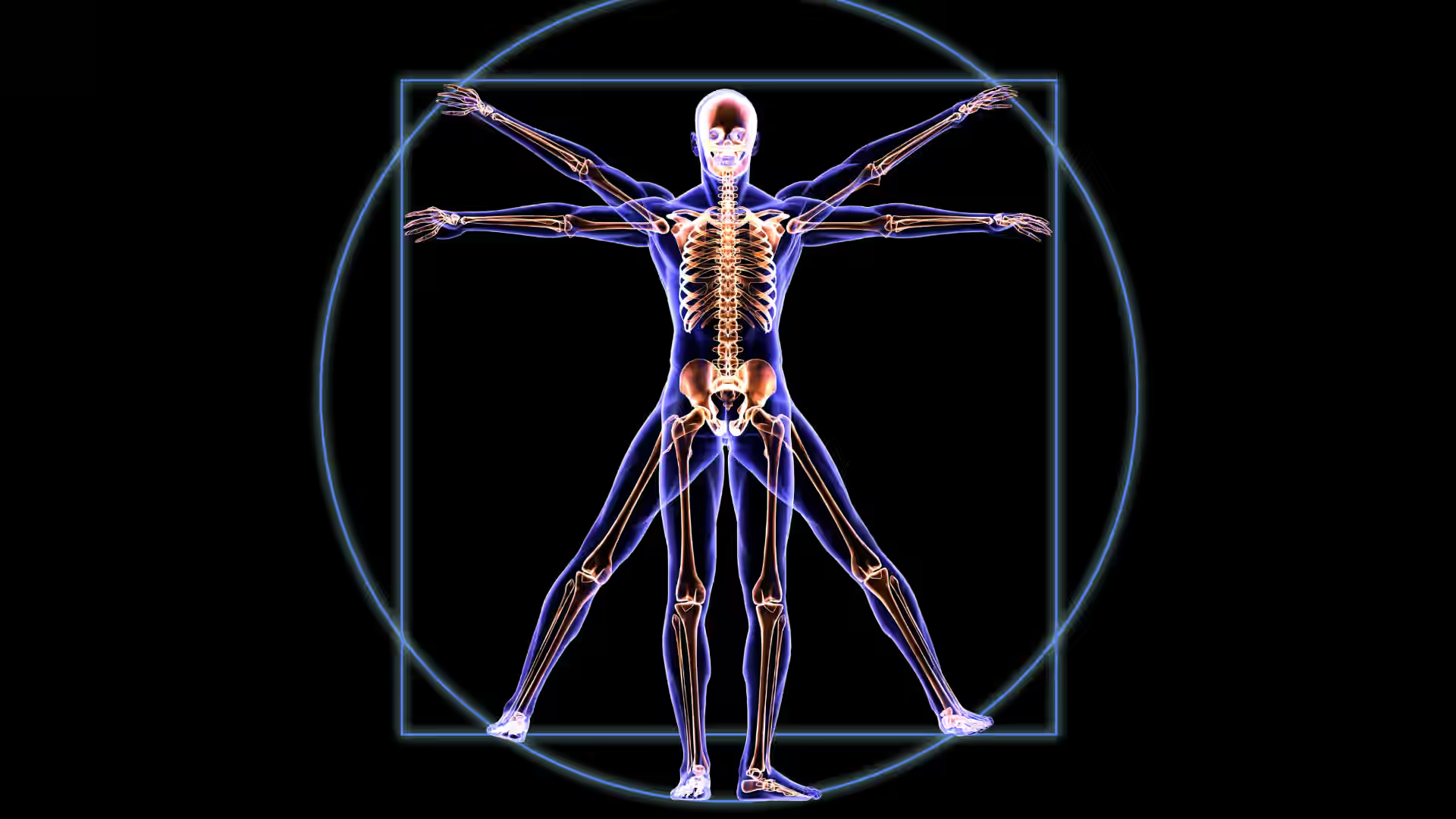Understanding blood test results can be helpful, especially if you are unfamiliar with what they measure. A standard blood test is a basic metabolic panel (BMP), which measures many different aspects of health.
The BMP is one of the most common tests run on patients in the hospital. The panel provides details about kidney function, electrolytes, and blood sugar. This guide will clarify the BMP test and what it means for your health.
[signup]
What Is a BMP Blood Test?
The BMP provides insights into blood sugar levels, kidney function, and electrolyte balance, which are important indicators of overall health. If any values fall outside the expected range, healthcare providers may recommend further evaluation.
This test may be drawn as part of routine care to check your overall health, or it may be ordered if your healthcare provider suspects an issue.
The BMP is also called a CHEM-7, and if liver function tests are added, the blood work is called a comprehensive metabolic panel (CMP).
The BMP measures the levels of eight markers in the blood:
- Creatinine (a measure of kidney function)
- Glucose (blood sugar)
- Calcium (a mineral essential for bone health, nerve function, and cellular processes)
- Chloride (maintains fluid balance)
- Potassium (a mineral necessary for nerve signaling, muscle function, and cellular health)
- Sodium (regulates fluid balance, blood pressure, and nerve function)
- Blood urea nitrogen (BUN) (a measure of kidney function)
- Carbon dioxide (a measure of metabolism)
Who Needs a BMP Blood Test?
Your healthcare provider may order a BMP as part of routine care, for symptom evaluation, or during an emergency visit.
Common reasons for a BMP lab draw include:
- Overall health assessment
- Fatigue
- Urination changes
- Swelling
- Changes in appetite
- High blood pressure
- Monitoring chronic conditions like diabetes or kidney disease
- Pre-surgical evaluation
- Dehydration
- Infection
Understanding the Procedure
Understanding the procedure steps can help you feel prepared and ensure proper conditions for accurate results.
How Is the Test Done?
A blood draw involves a small needle placed into the vein by a trained professional (phlebotomist). Understanding the process may help patients feel more prepared. Here are the steps:
- Check-in and verify your identity and the tests ordered.
- You will be seated in a chair with an armrest. Wear clothing that allows you to expose your arms.
- A tourniquet (tight band) may be placed around your arm; it should feel tight but not painful.
- The phlebotomist will assess your veins for the best site.
- The site will be cleaned to remove bacteria.
- A small needle will be inserted; this may feel like a small prick.
- Blood will be collected via a small tube.
- The needle will be safely removed, and pressure applied to the site.
- A bandage will cover the site to protect it from infection, which will be removed as directed by the phlebotomist.
- Follow any additional instructions from the medical team (e.g., avoiding heavy lifting).
- If you notice any warmth, redness, or swelling at the site, alert your medical team.
A BMP is typically a fasted blood draw, meaning you should not eat anything and drink only water before the test. Staying hydrated can help speed recovery after a blood draw.
Try to stay relaxed and breathe during the blood draw to remain calm.
Before a BMP test, inform your doctor of any supplements or medications you take.
Is the Test Painful or Risky?
A blood draw may cause mild discomfort, but most people tolerate it well. Any blood draw may result in bleeding, bruising, or infection.
Discuss concerns with your healthcare provider before the procedure.
Decoding BMP Blood Test Results
Reviewing the individual tests within the BMP with a healthcare provider can offer insights into overall health. Normal ranges can vary slightly between labs and hospitals.

Interpreting the individual markers within the BMP can inform your healthcare provider's understanding of your overall health. Normal ranges may vary slightly between labs, and your provider should always review results to determine the next steps.
Why Is the BMP Blood Test Important?
The BMP test may help identify potential imbalances related to kidney function, blood sugar, and electrolytes.
Identifying these conditions early may help support timely medical intervention and management. However, it is essential to note that the BMP blood test is just one component of health risk evaluation; other testing may be necessary.
Role in Ongoing Health Monitoring
BMP results may influence treatment decisions in hospital or emergency settings. For example, a patient whose results show an electrolyte imbalance may need more intravenous fluids (hydration).
Additionally, results showing abnormal creatinine or BUN may lead to a more in-depth analysis of kidney health.
The BMP is also helpful when monitoring chronic diseases. BUN, potassium, and creatinine levels can help a healthcare provider monitor chronic kidney disease.
Changes in electrolyte levels can impact cardiovascular care and prevent an abnormal heart rhythm.
Case Study: A Turning Point in Chronic Kidney Disease Management
A 58-year-old male with a history of Stage 3 chronic kidney disease (CKD), hypertension, and type 2 diabetes presented for a routine follow-up.
He reported feeling unusually fatigued and noticed swelling in his lower extremities over the past few weeks.
Initial BMP Results
His BMP revealed the following abnormalities:
- Blood Urea Nitrogen (BUN): 32 mg/dL (high)
- Creatinine: 2.1 mg/dL (high)
These findings suggested changes in kidney function compared to his previous evaluation six months ago.
Action Plan
His healthcare provider referred him to a nephrologist for further evaluation. Additional tests confirmed worsening CKD progression to Stage 4.
This prompted an immediate adjustment to his treatment plan, including:
- Medication Changes: Nonsteroidal anti-inflammatory drugs (NSAIDs) were discontinued due to their potential to worsen kidney function. A sodium-glucose cotransporter-2 (SGLT2) inhibitor was started to help slow kidney disease progression.
- Dietary Modifications: A registered dietician established a personalized protein goal to enhance kidney function and dietary sodium was restricted to manage blood pressure and swelling.
- Lifestyle Adjustments: Emphasis on blood sugar control with regular monitoring and adjustments to his insulin regimen were discussed. Moderate, low-impact exercise was encouraged to improve overall health without straining the kidneys.
Monitoring and Follow-Up
Monthly BMPs were scheduled to closely monitor kidney function and electrolyte balance.
A plan was established for early discussions about dialysis or kidney transplant should his condition worsen further.
Outcome
Over the next three months, his BMP results showed stabilization of his creatinine and BUN levels, and his symptoms of fatigue and swelling improved.
The BMP results, as well as other clinical assessments and follow-up testing, helped guide treatment decisions and improve his quality of life.
Disclaimer: This case study is for informational purposes only and is not intended to diagnose, treat, or provide medical advice for any specific condition. Individual health outcomes vary, and laboratory results should always be interpreted by a qualified healthcare provider. If you have concerns about your health or lab results, consult a licensed medical professional for personalized guidance.
FAQs About BMP Blood Tests
Here are the answers to some common questions and concerns regarding the BMP test.
Do I need to fast?
In most cases, fasting for 8–12 hours may be recommended before a BMP, particularly if glucose levels are being evaluated. Check with your healthcare provider for specific instructions.
How long does it take to get results?
Test result turnaround times vary by lab, but many are available within one to two days.
Can medications affect the results?
Some medications can affect your results; discuss all medications and supplements with your healthcare team.
Is the blood draw painful?
One common misconception about blood draws, including the BMP, is that they are very painful. In most cases, the needle is small and causes slight discomfort, but it is not painful.
[signup]
Key Takeaways
- A basic metabolic panel (BMP) measures blood sugar levels, kidney function, and electrolyte balance, providing insights into overall health.
- Healthcare providers use BMP tests to check overall health, look for problems like kidney disease or diabetes, or monitor conditions like high blood pressure or dehydration.
- A small needle is used to draw blood from your arm. It's quick and usually not painful, though you might feel a small prick. Staying hydrated and relaxed can help make the process easier.
- Before the test, you may need to fast (avoid food and drinks except water). Also, tell your healthcare provider about any medications or supplements you're taking.
- The BMP can help identify potential health issues, which may guide early interventions to prevent complications. It is one part of a broader diagnostic process and should be interpreted by a healthcare provider.
- Abnormal results can indicate issues with your kidneys, electrolytes, blood sugar, or overall health. Your healthcare provider will explain your results and recommend the next steps.
- Talk to your healthcare provider about a BMP blood test to check your overall health, catch potential issues early, and stay on top of existing conditions.












%201.svg)







